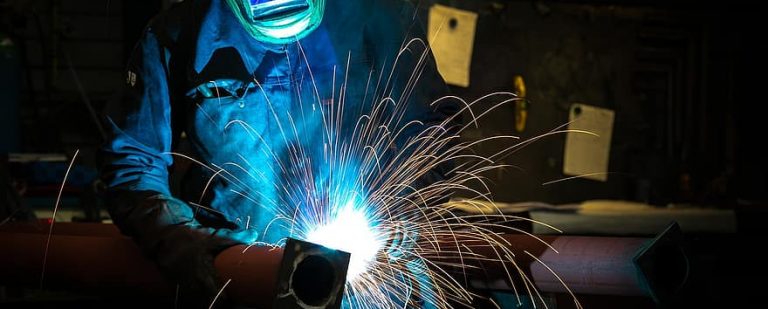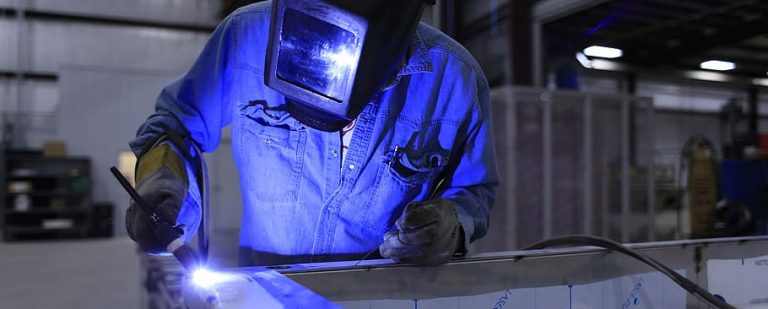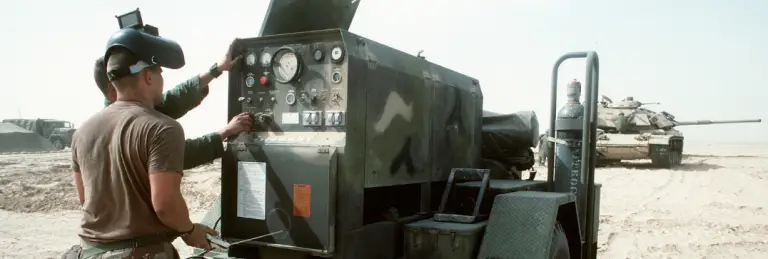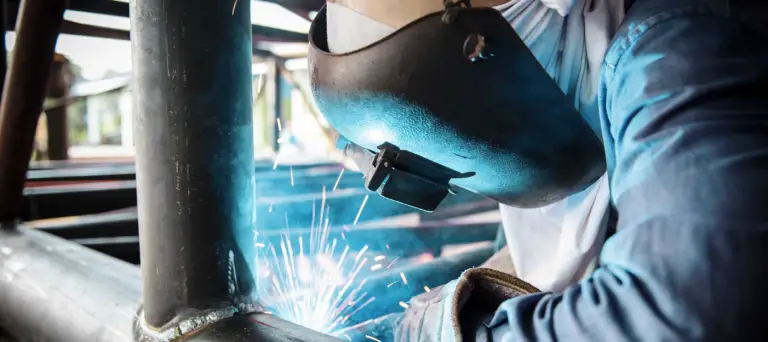How To TIG Weld Stainless Steel
This post contains affiliate links.
TIG welding stainless steel is a popular process used in various professions. The workpiece should be inspected for any deformities or excessive oxidation. It is also essential to make note of material thickness and the location of the job itself. Being comfortable is crucial and will help provide a better-finished product. Machine settings are also significant; voltage, pre and post-flow, and back-purge settings should all be set before work begins. Clean material is necessary when TIG welding; stainless steel is no exception.
1. Preparing The Metal, And Your Workplace
The metal to be welded must be thoroughly inspected for contaminants such as oil, grease or paint. Some materials can also be shipped with a peel coat. This is generally a transparent plastic film and is easily removed. Peel coat is meant to protect the material while being shipped or stored. Cleanliness is vital when working with stainless steel.
A stainless wire brush and acetone are great tools for preparing your workpiece. In addition to the metal, wiping down your filler rod before starting is also beneficial. Preparing the workspace is equally as important as cleaning it.
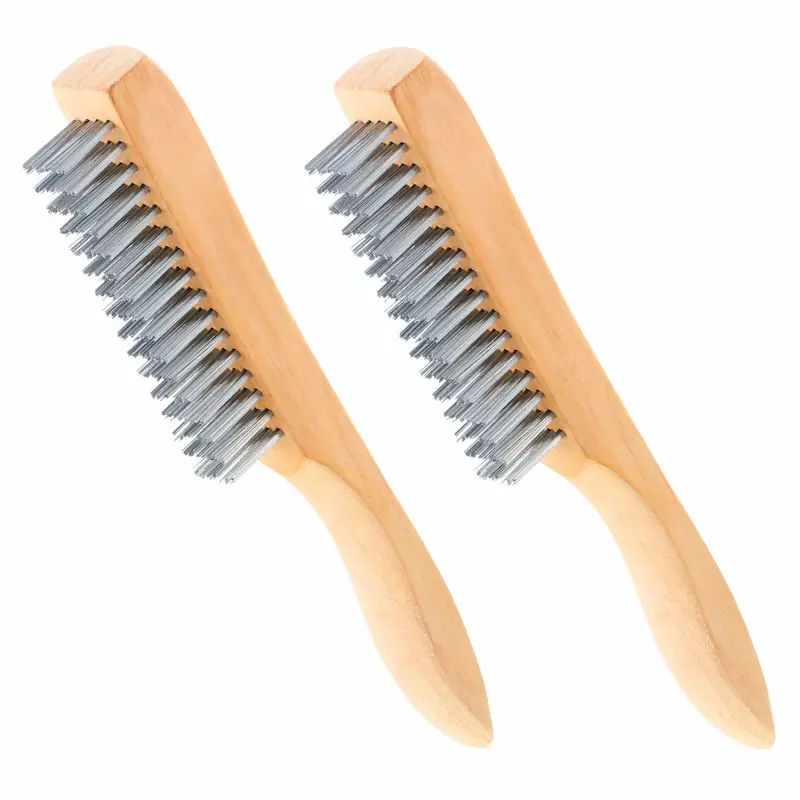
Finding a comfortable spot that allows for fluid movement with minimal obstructions and minimizing the number of starts and stops goes a long way. Something as simple as propping the foot pedal up in a comfortable spot or ensuring your welding hood won’t come in contact with anything will make the process much easier.
If the spot being worked in is subject to wind or close to a fan, shield the work area. Any disruption will cause an unsteady arc, not allowing the Argon to protect the molten metal.
Filler material should match the type of stainless being welded whenever possible. Most metal suppliers will provide the information needed, but if the class is unknown, specific tests can be done to determine what material you have. For example, 316 stainless has no magnetic properties, and 304 stainless will show some attraction to a magnet but is weaker than carbon steel.
2. Setting Your Machine To Weld Stainless Steel
Stainless steel is welded using DC or direct current. Pre and post-flow settings are significant when working with stainless.
- Pre-flow will cover the area to be welded with shielding gas before the arc is started, and post-flow will protect and cool the weld after the arc has stopped.
A good rule of thumb is setting post flow at one second per 10 amps. Pre-flow can be set as low as 1 second, provided the cup is close to the workpiece.
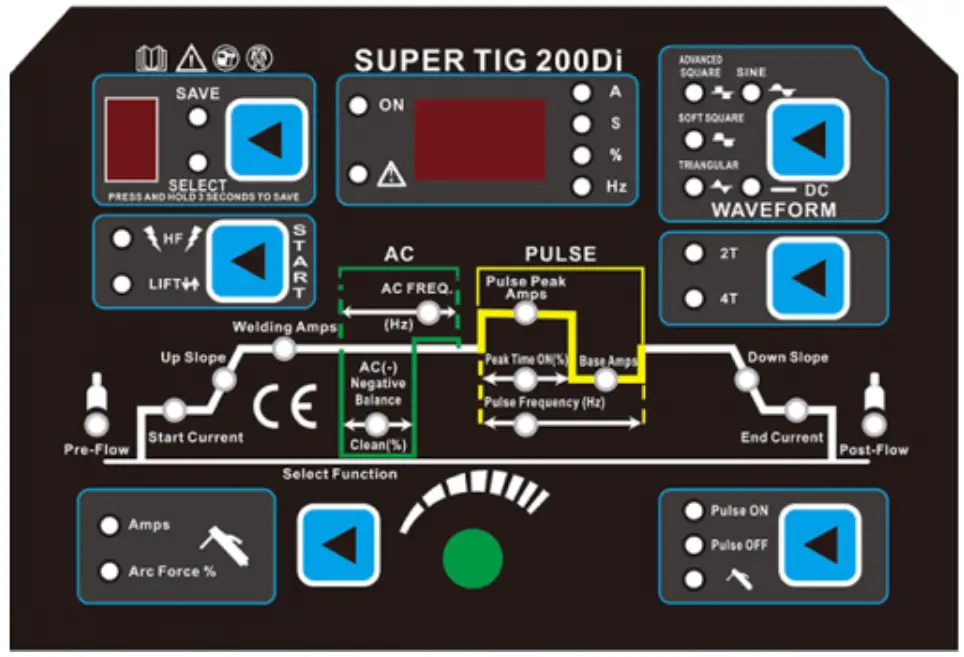
Increasing pre-flow is a good safety measure if the work is being done in a tight area and more tungsten is sticking out than usual. Stainless steel requires about twenty percent less amperage than mild steel; it is important to establish a puddle as fast as possible and keep it moving quickly. Becoming familiar with the foot pedal is crucial and can help get the weld started and regulate voltage as you go.
Pure Argon should be used with stainless, and because of the larger cups and gas lenses typically used, your flow rate is usually higher. A number ten cup is a popular choice with stainless steel and usually requires 20 cubic feet per hour.
3. Back-purging Stainless Steel
Back-purging is the process of shielding the opposite side of the metal being welded with Argon. The rate at which metal oxidizes increases rapidly with temperature. Argon is an inert gas that does not undergo chemical reactions and protects the molten puddle from contamination. The area being welded will be shielded by the gas exiting the cup at the end of the welding torch, but the back of the metal is left unprotected and, if it becomes too hot, will oxidize.
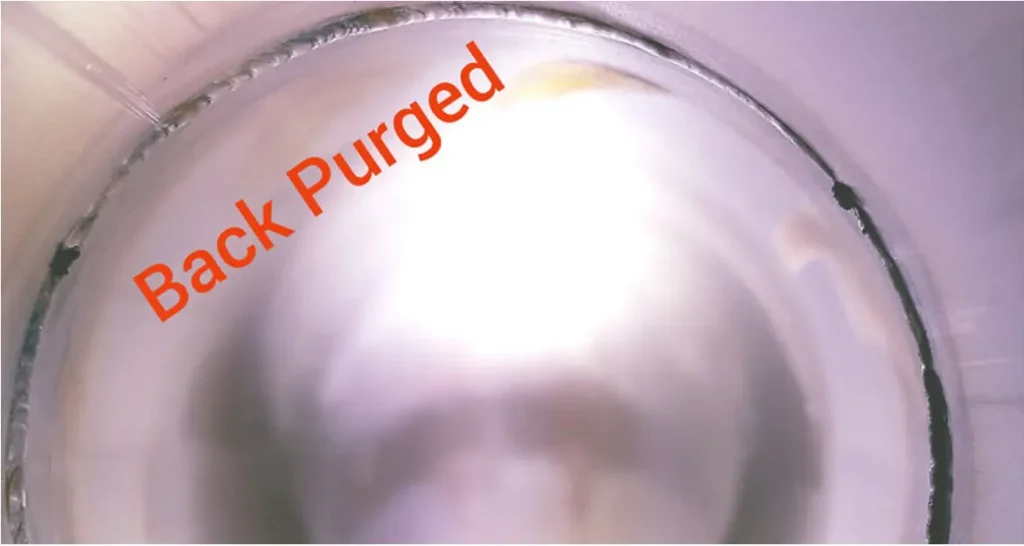
Stainless steel that has not been adequately shielded will resemble sugar and will be discolored. Not only is this unpleasant to look at, but the chromium and nickel qualities that make up stainless steel are no longer present and, therefore, no longer provide the anti-corrosion benefits of the material.
Back purging can be done using a dual port regulator and routing the shielding gas to the intended area. If a tubed is being welded together, both ends can be capped, with the Argon plumbed through one side. If a lap joint needs to be back-purged, a separate gas lens can be used and moved along with the torch.
Certain fields, such as food service and medical equipment, require all welds to be properly back-purged to satisfy safety standards.
4. Properly TIG Welding Stainless Steel
Every welder is different, but starting with the basics and a solid understanding of materials and how they react will significantly improve the chance for success.
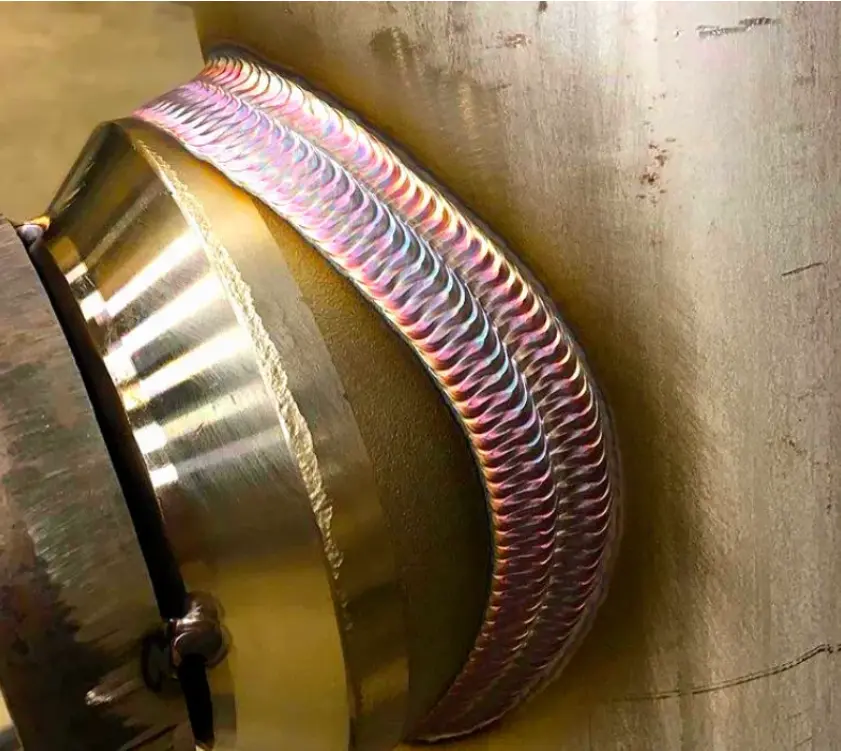
There is no substitute for practice; with time, the settings and procedures will become easier. The most critical parts of TIG welding stainless are cleanliness, heat control and proper shielding gas.

